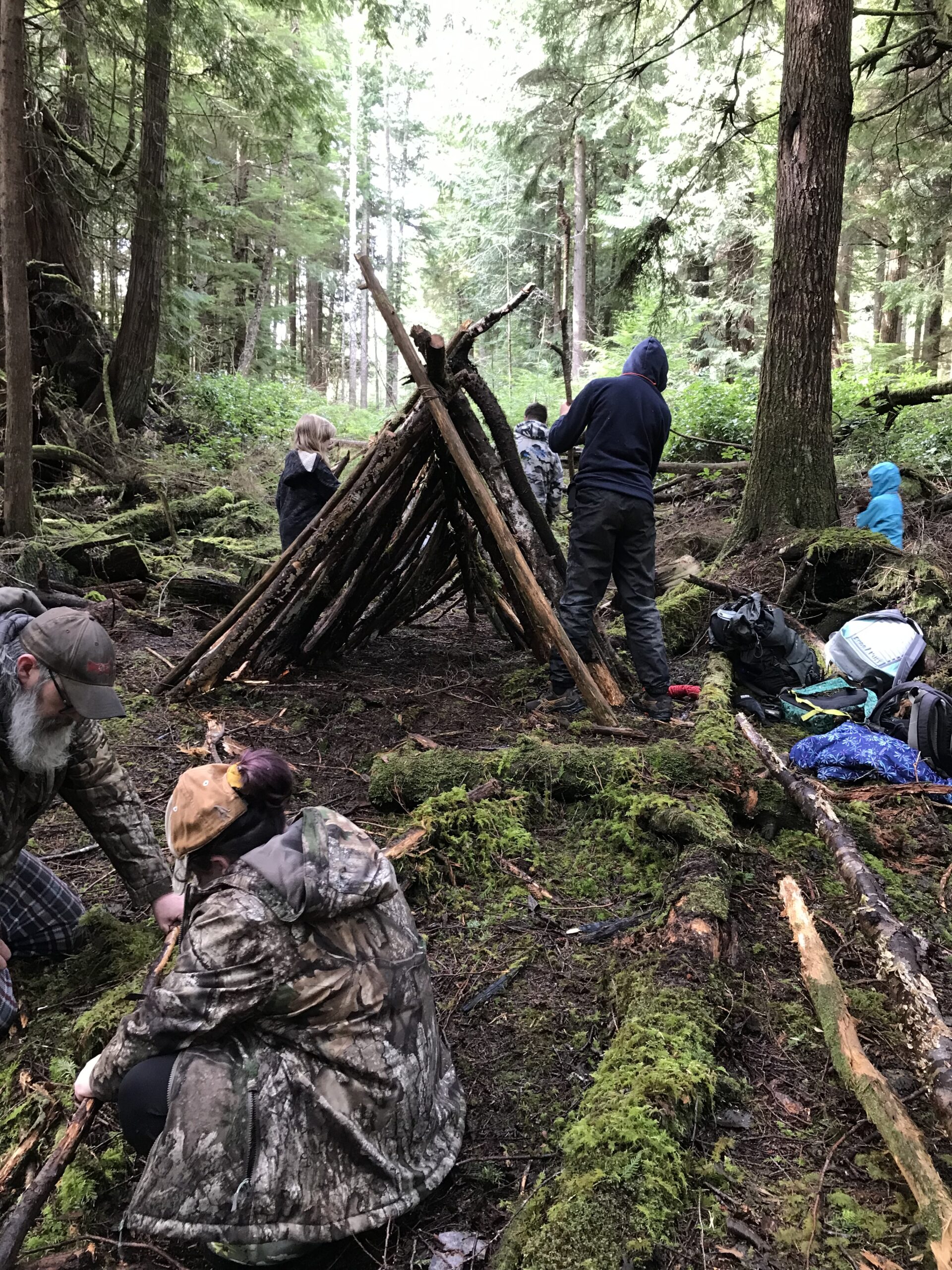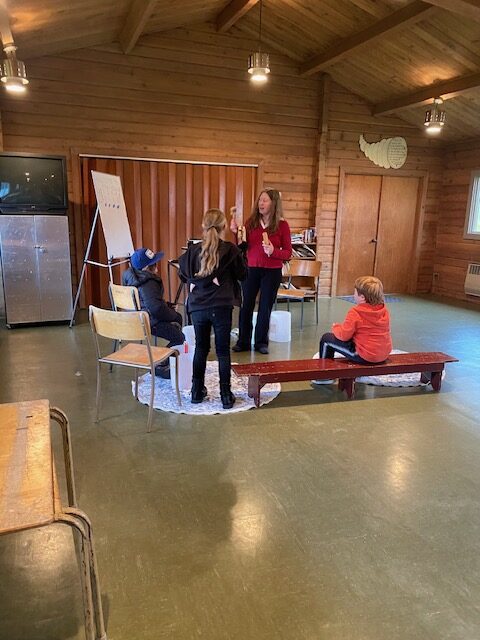Here follows a reflection of May 1 – August 9, 2020 Project Activity outcomes during the pandemic.
- At the church property, outside the kitchen window, I started up a garden in order to provide herbs, food, flowers, create biodiversity and to provide a seed saving opportunity. Produce from this area are destined for the church kitchen, for church flowers and for the community as deemed fit
- Away from the church area, I arranged a community garden bed for the church and planted food, flowers and herbs there. Seeds will be saved there as well.
- For both areas, I designed growing spaces by drawing a scaled plan of garden areas, considering soil condition, drainage, wind, movement of sun and shade, views, areas requiring screening, windbreaks, biodiversity and noise. In deciding what to grow, I used a planting calendar for this zone, considered companion planting, local nature crops and winter cover crop choices. Growing techniques used included starting plants from own organic and purchased seed as well as purchasing some starter plants from local businesses. I direct seeded and exercised succession planting to ensure a steady flow of rotating crops. A maintenance plan addressed irrigation, grass, edging, weeds, mulching and integrated plant health plans.
- Complimentary 2019 certified organic seeds I saved were distributed in the community
- At my own community garden and home garden, I planted and/or sowed among other produce onions, peas, kale, mizuna, merlot lettuce, beets, chives, red cabbage, carrots, chard and flowers to attract beneficial pollinators. I harvested the garlic seed crop to use for next year’s church garden. These areas were also used to supplement flower bouquets and produce
- I kept a journal of activities and inputs to gardens. Organic practices were used.
- Unexpected outcomes included:
- Complimentary mentoring, consultations: Community garden members asked for advice on starting and/or maintaining own A new friend offered to assist me in order to learn and I offered hands-on mentorship during socially distanced sessions and texting every week;
- The church community placed beautifully painted “God Rocks” in the garden;
- Adjacent church windows were colourfully decorated from the inside with Thank You Hearts;
- A Bird Bath made from an old tree stump appeared at the garden;
- Alastair lent the video: How a People Live. I gained much insight into local knowledge, local food systems and shared the video with others;
- Evidence of Bear visitor(s) appeared at the church garden 🙂
- Produce and flowers will continue to be distributed upon demand after end of project
Weekly activities:
At the church: A hedgerow, tree skirt, pruning of tree in garden and new garden beds were started. Two planter boxes, constructed by Martin Hatfield, were installed. The planter boxes, kindly donated by Martin and Becky, were filled with donated Sea Soil from Port Mc Neill and fed with my own organic liquid fertilizer. I marked out the area for raised hedgerow garden beds and started mulching with ink-free cardboard, wood chips, wood dust and the rest of the donated Sea Soil. Annual flowers, chives, parsley, thyme, sage, oregano were planted into the planter boxes and these new beds. Mulching happened on top of the grass, in order to feed the soil in that area. I dug border edges in the hedgerow right next to the road area and placed stones to prevent grass from creeping into beds. In addition, the many rocks arranged in the area serve as Northern Garter snake cairns and habitat.
This introduces integrated critter (especially slug) management. In the hedgerow I planted herbs, veggies, sun- flowers, assorted annuals and a community donated purple columbine. a Bee-friendly water dish and bird bath were added to the garden. The area outside the church kitchen window was beautified for a well-being experi- ence to all wishing to enjoy quiet space in the church garden during COVID restrictions and into the future. To- ward project completion, surrounding office workers, staff, seniors and community members were observed us- ing it as an “Eden” place during their breaks.
At community garden: I planted herbs, produce, flowers, irrigated, maintained and harvested according to the design plan. Through church and community networks I found recipients of bouquets and food every week dur- ing the program. The Church Facebook page, community garden and personal networks were used to address awareness of the project.
The first food parcel appeared May 13, 2020. It contained 1 bag kale, beet and sorrel leaves for braising or salad, 1 bag rainbow chard, 2 leeks, and herb bunches of chives, sage, oregano, mint, parsley, as well as 1 jar frozen rhubarb.
Recipients of food parcels, flower bouquets, seeds, plant starts and produce included church families, Tsulquate families, Chief Walkus, neighbours, front line workers, church staff, RCMP detachment staff, children popping into community garden, fellow community garden growers, church community receiving produce after church worship services when socially distanced worship at the church building resumed.
The last produce distributed during time of project included peas, beets, onions, kale, merlot lettuce, garlic, flower bouquets, parsley, chives, oregano, sage.


